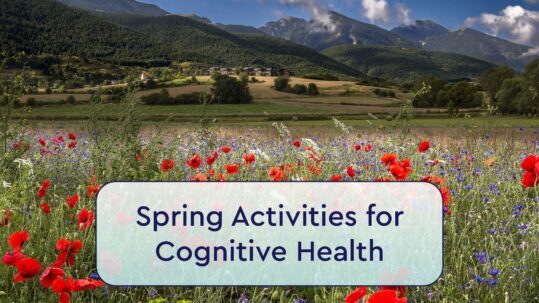How Do We Recognize Faces?
We look at thousands of faces every day, either in real life, through the internet, or on apps such as Instagram. Faces are special, in that we process them differently than we do everyday objects. Facial recognition allows us to identify people that we know, those we do not know, and interpret facial expressions to learn emotions. In this blog post, we discuss how we recognize faces.
How Do We Recognize Faces?
When we view faces either in pictures or in real life, we develop pictorial and structural codes. The pictorial code allows us to detect and recognize shading, grain, and expression, while the structural code allows us to recognize a face when it is rotated or displayed from a different perspective. When we are not familiar with someone, we may have difficulty recognizing them when their face is rotated or when their expression does not match the first time that we saw them. These codes do differ in how we interpret familiar versus unfamiliar faces. For example, we recognize people we have seen by using features that are static, like a person’s hairstyle.
We may also derive semantic identifying information from faces. For example, we are able to look at a face and make predictions about a person’s age, sex, and whether we consider them to be someone that is trustworthy or safe to interact with. We may also use this code as we learn about when we encounter this person (are they a friend or someone I see at work), what they do (do they have any occupation identifying information), and who we see this person around (who their friends are). This information provides us context and allows us to use qualitative information to recognize an unfamiliar person.
Faces also provide information about emotional expression, which not only impacts how we recognize faces but also how we behave around people when we recognize expressions. . People may focus on the mouth and eye regions to interpret and recognize when a person is happy or upset. This kind of information is known as expression code, which is important for social cognition and social interaction. When someone cannot recognize or interpret facial expressions, they make inappropriate decisions for how to interact with a person. If someone cannot tell when someone is upset, they may act in a way that is overtly joyous when they should respond with concern when they see that someone is upset.
Using this information, we interpret and recognize faces through a multi-step process. First, we encounter the face which undergoes structural encoding which tells the viewer the orientation of the face. Next, information from this structural representation is compared against a person’s expression, speech movements, and visual processing system. Lastly, the facial representation then undergoes processing of a person’s facial features and their identity, which then leads to being able to remember a person’s name. This summarization is highly condensed, but faces are interpreted using the visual, limbic, and memory hubs of our brains. Specific mechanisms are constantly being researched to better understand the exact pathways we use to recognize features, with researchers using neuroimaging techniques and photographs of faces to learn about how people recognize familiar faces, unfamiliar faces, whether there are differences in how we recognize famous people versus common people, and how we interpret different facial expressions.
What Happens When We Cannot Recognize Faces?
Believe it or not, there is a condition called prosopagnosia which is the inability to recognize faces. While this condition is very rare, it may be caused by developmental, neurological injury, or age-related complications. People with prosopagnosia may use other features or sensory information of a person to recognize them, such as how they walk or what cologne or perfume they wear. Prosopagnosia can be embarrassing, as people may mistake the identity of someone they know or do not know. People with prosopagnosia may work with a psychologist to develop strategies that help them recognize the faces of people they know in everyday life.
Conclusion
We process faces much differently than we do everyday objects. On top of this, how we use different features of someone’s face to recognize them, depending on if we know them well or not. Our brains use different codes to identify the appearance, rotation, expression, and context of a person’s face. Sometimes, people may have the inability to recognize faces, which is a condition known as prosopagnosia. When someone cannot recognize faces, they may work with a psychologist or other therapist to help them develop strategies to recognize faces in everyday life.









